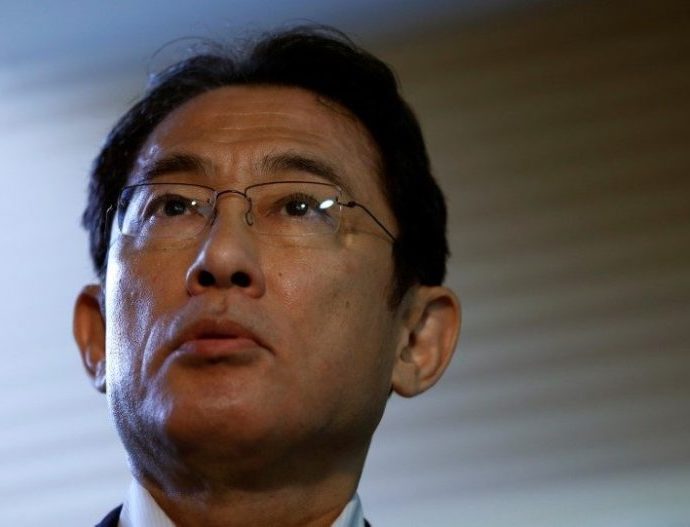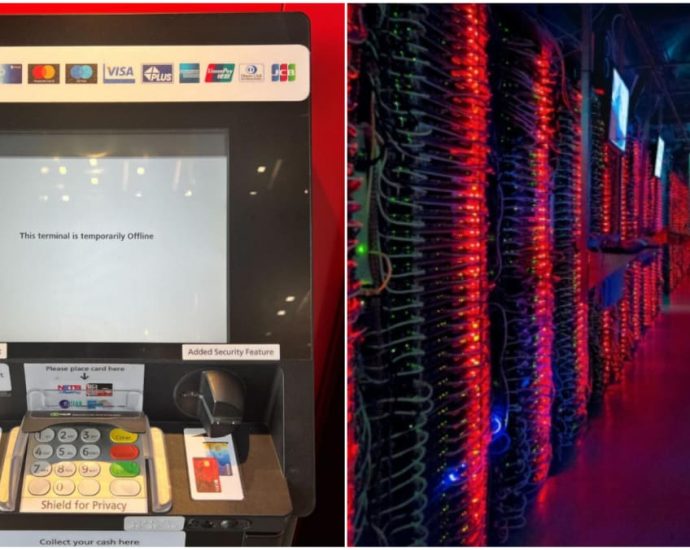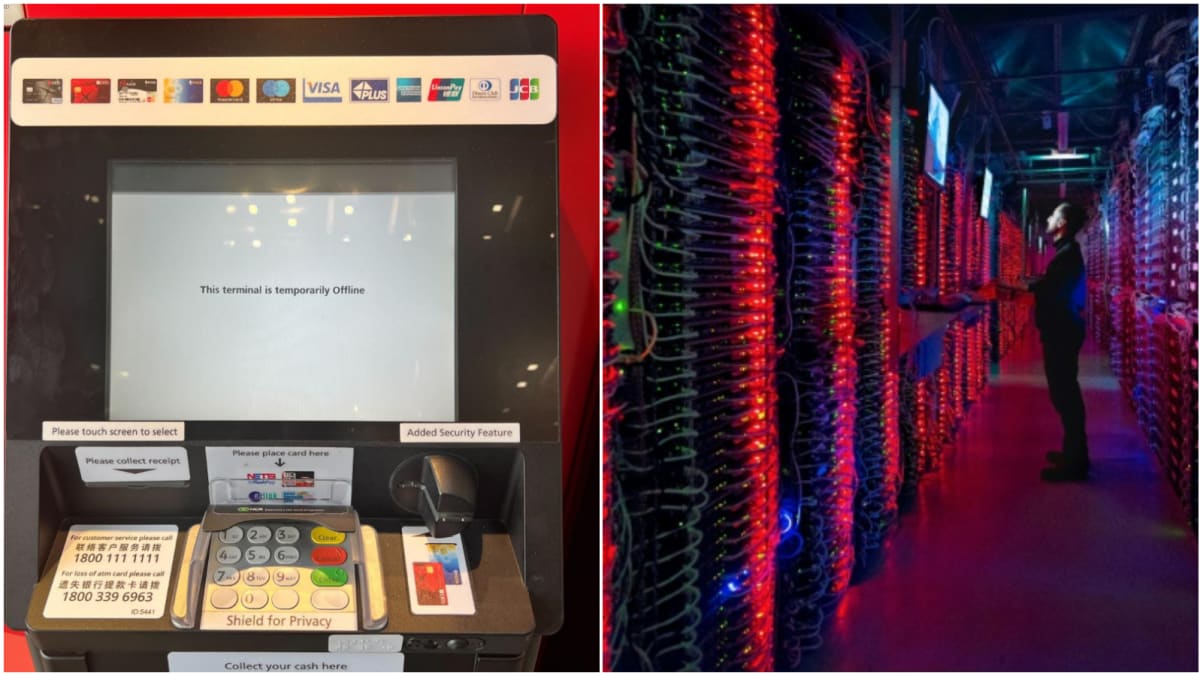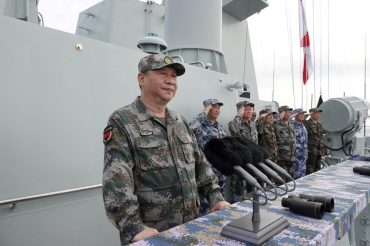Clearer skies ahead for resilient Thai AirAsia

Aviation was among the industries hit the hardest during the pandemic.
- Best CEO in Resilient Leadership
- Santisuk Klongchaiya, Chief Executive Officer of Thai AirAsia
Driven by pent-up travel demand after Thailand reopened its borders in 2022, the carriers that rebounded quickly were able to do so by maintaining sufficient resources, including pilots and crew, as well as their fleets, as was the case with Thai AirAsia.
Santisuk Klongchaiya has been chief executive of Thai AirAsia and SET-listed Asia Aviation (AAV) since 2018, leading the airline through the toughest time in aviation history by using “resilient leadership”.
His journey with Thai AirAsia began when he met Tony Fernandes and Tassapon Bijleveld at Warner Music. Mr Fernandes and Mr Bijleveld would later resign from Warner Music, with Mr Fernandes going on to establish Air Asia and Mr Bijleveld later becoming chief executive of Thai AirAsia.
Mr Santisuk was later persuaded to join Thai AirAsia as its head of commercial operations as the airline began a new chapter in aviation history by introducing the successful low-cost model to the Thai market.
By overcoming all kinds of challenges over the past 20 years, such as the 2003 Sars epidemic, the Indian Ocean tsunami in 2004, and various periods of political unrest in Thailand, Mr Santisuk said he always believed those experiences would help the airline quickly rebound from the impact of Covid-19.
Unlike many other airlines during the pandemic, Thai AirAsia made a bold move by retaining its entire workforce and fleet, opting only to return aircraft when their contracts expired.
“We adopted a ‘pause and play’ strategy to continue from the same place where we stopped once we wanted to resume again, instead of starting from the beginning of the whole track that would have made us progress slower during the recovery period,” said Mr Santisuk.
He said he wanted to give credit to the chairman of Thai AirAsia’s board — Vichate Tantiwanich — who allowed the company to maintain this plan, and also give credit to his 5,000 staff, who had received a reduction in pay and participated in the company’s furlough programme.
The airline also received good cooperation from stakeholders, such as the aircraft leasing company, airports, and the provider of aeronautical radio services, for temporarily pausing service expenses and repayment.
Salaries were slashed based on the position of the employee. For example, Mr Santisuk’s salary was cut by 50%, whereas the salaries of employees earning the least would receive the smallest reduction in salary.
“Our greatest ‘lesson learned’ is to make ourselves healthy, with strong internal management, financial status and stakeholders,” he said.
Starting with two aircraft in 2004, the company is now operating a fleet of 54 aircraft. Mr Santisuk said he believes that a strong organisational mindset ensured the airline survived and it still maintains the biggest market share on domestic routes following the pandemic.
In terms of costs, he said the airline learned to streamline its operational plan with feasible and well-prepared plans, particularly in terms of fleet expansion, which is the biggest investment for airline businesses.
The key point in terms of sales and marketing is to step away from a price war as experienced in the past, he added.
Looking ahead, he said the aviation industry still has to maintain a balance between supply growth and demand over the next few years.
On the demand side, airlines must closely monitor pent-up demand and assess how long it will continue. They must monitor the progress of big markets such as China, as well as how the Russia-Ukraine war will affect the world economy and tourism.
With supply chain disruption persisting, carriers still have to wait when it comes to aircraft maintenance and face delayed aircraft deliveries.
“In the long run, I believe in sustainability for all aspects,” he said.
























